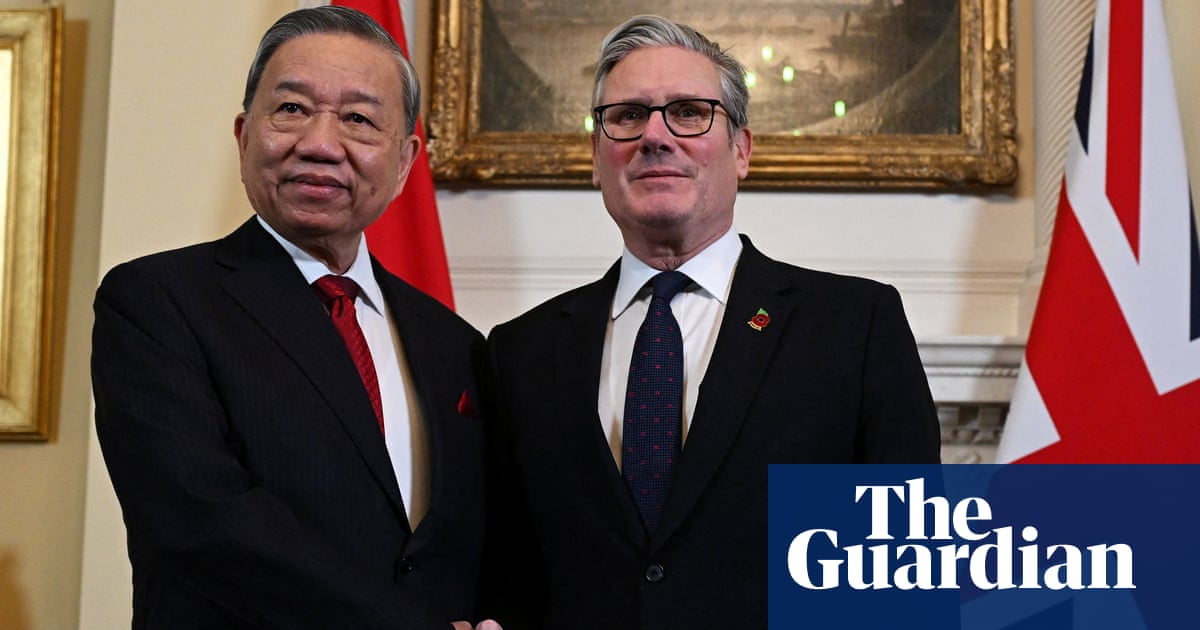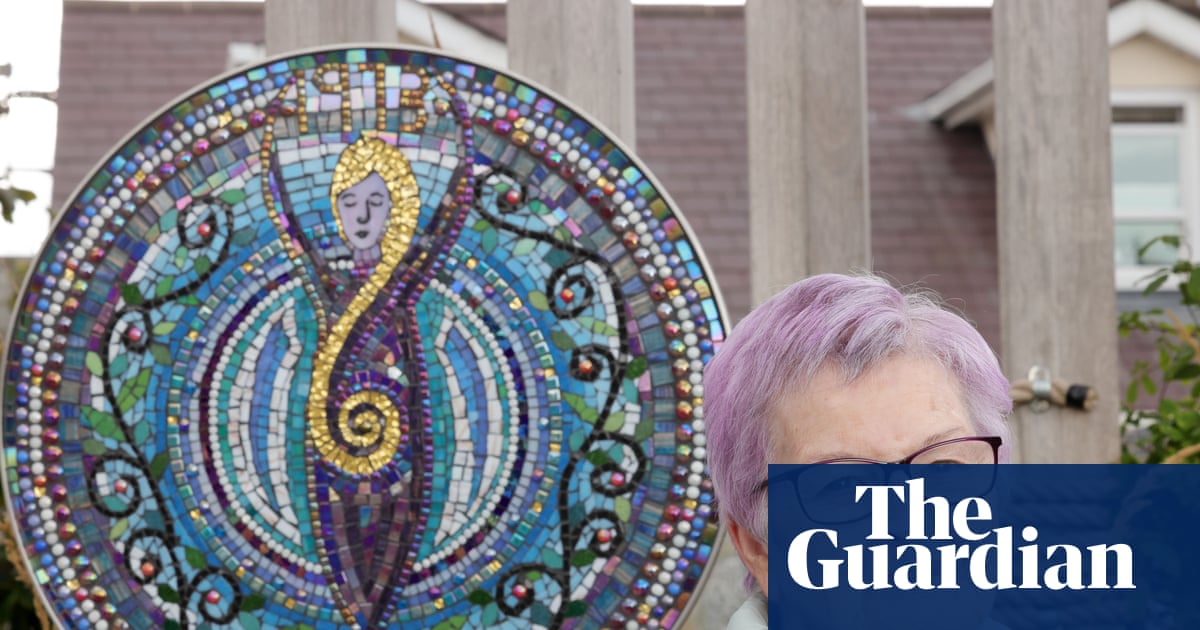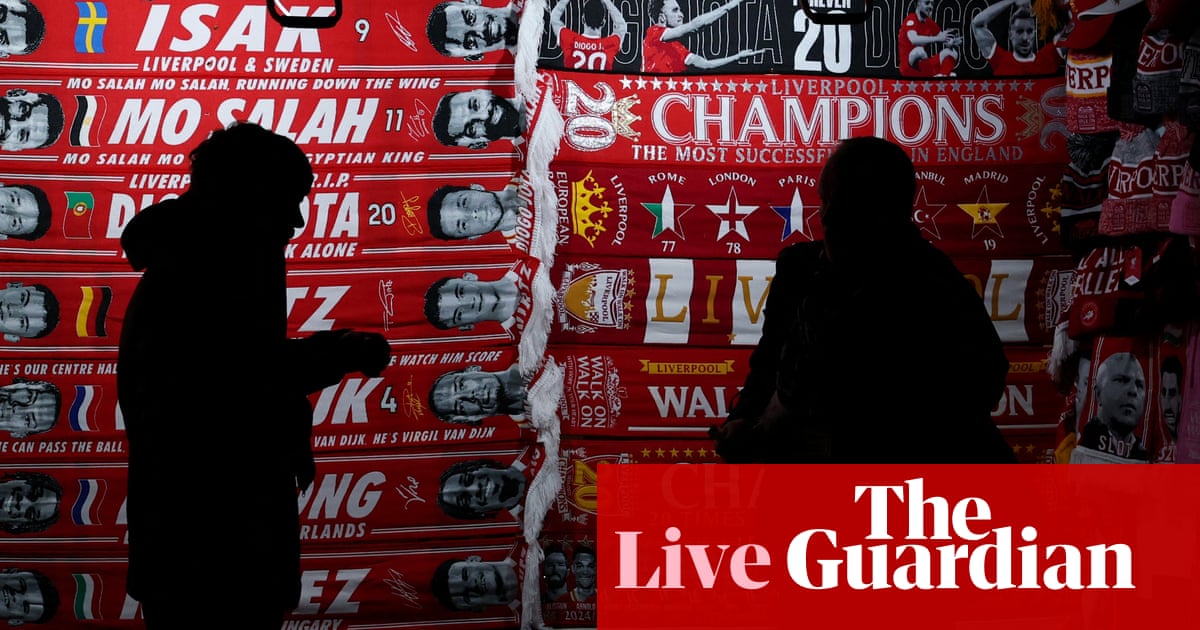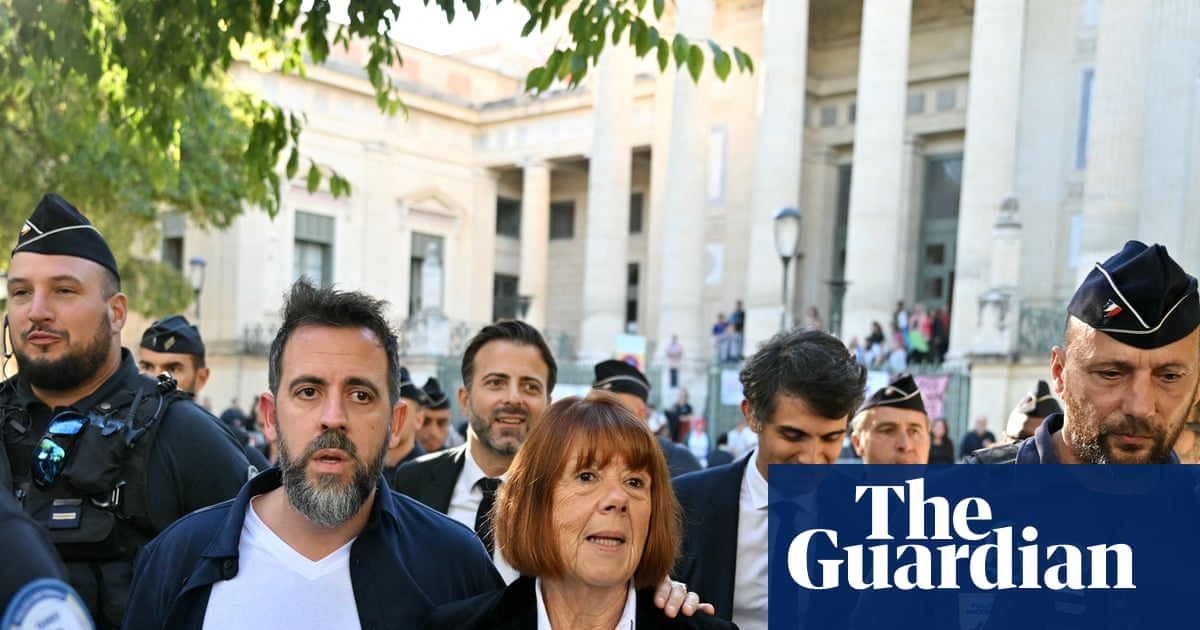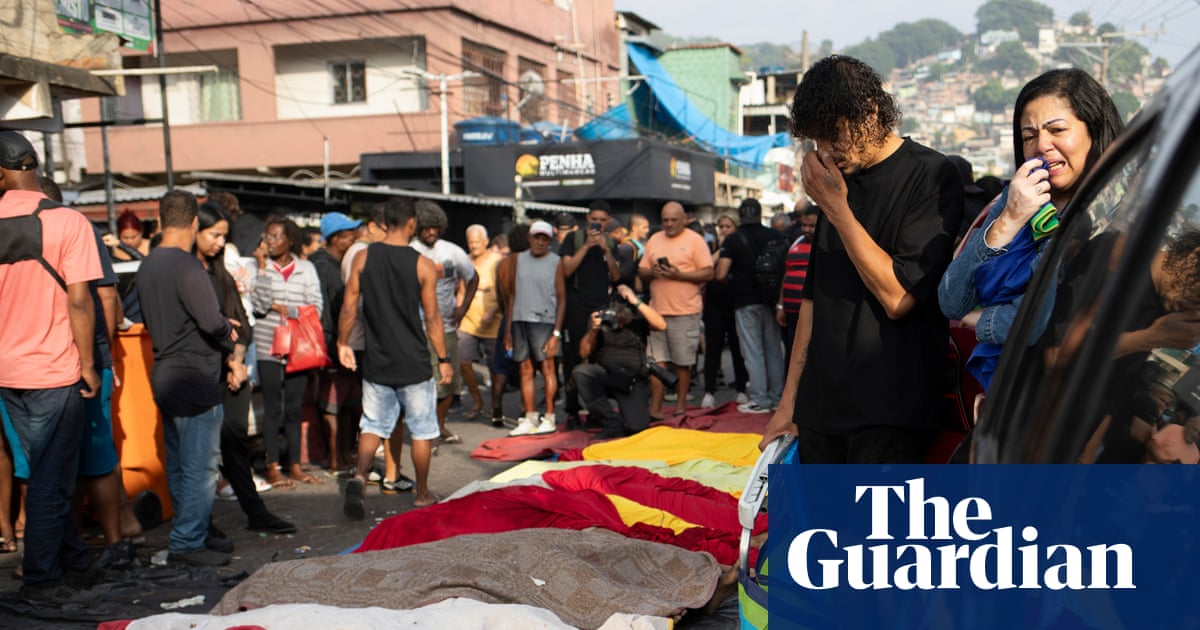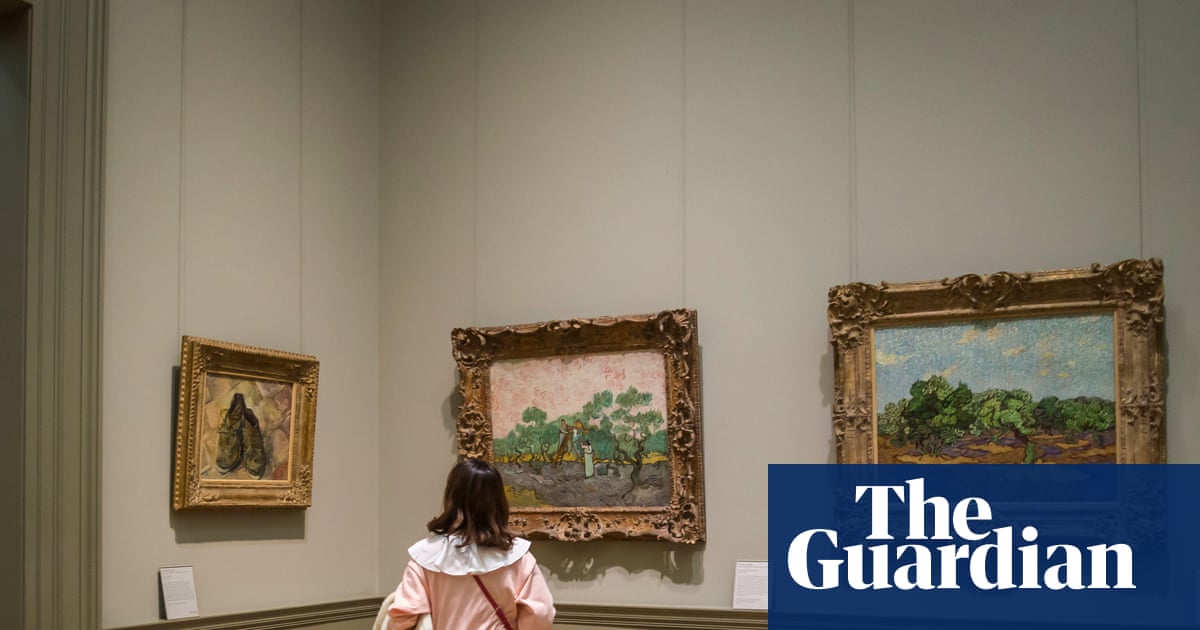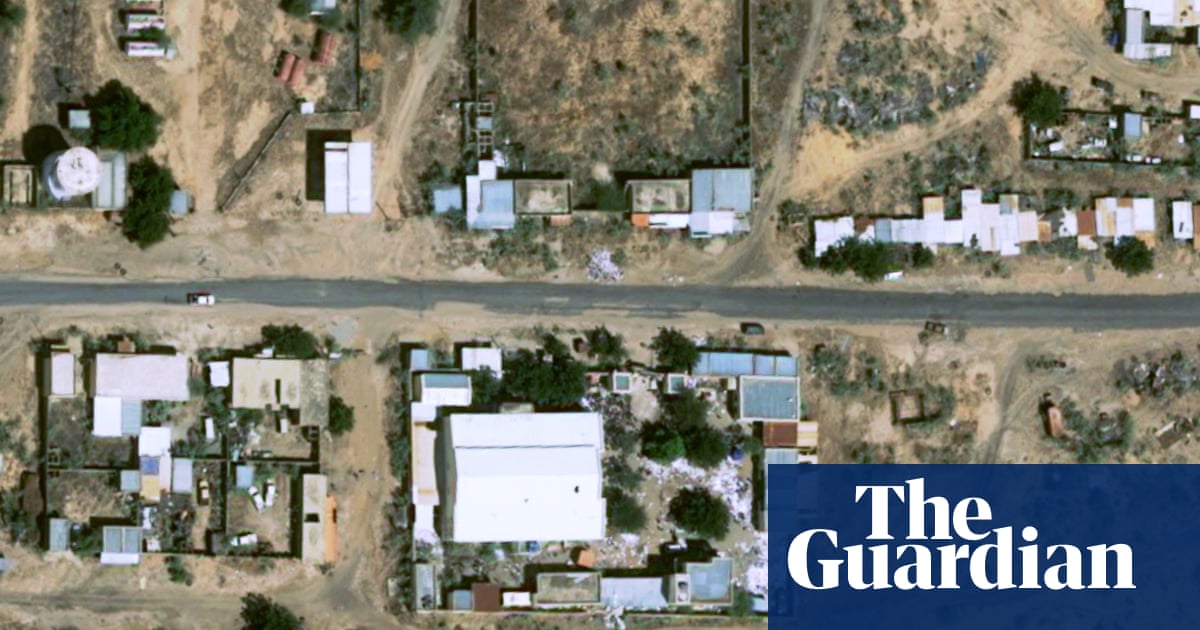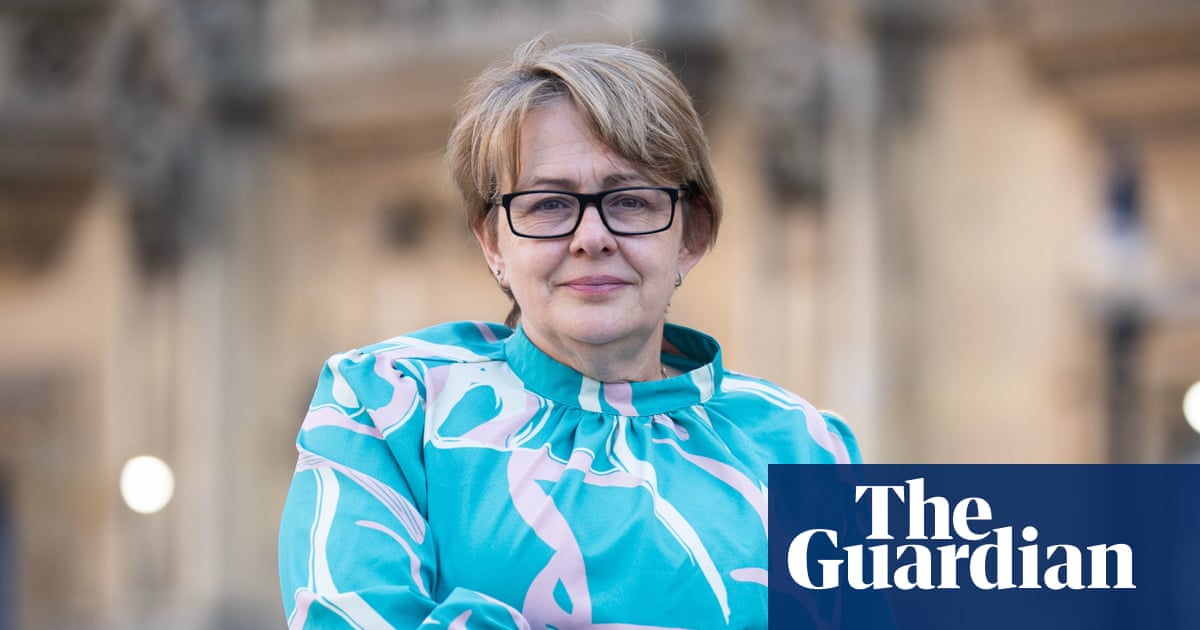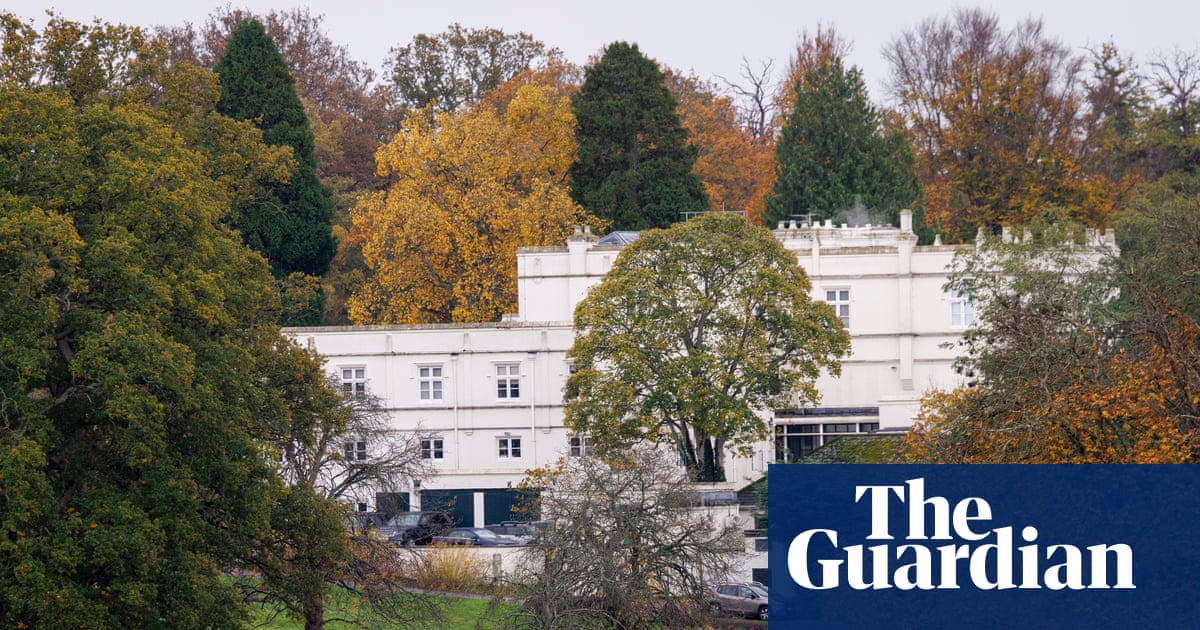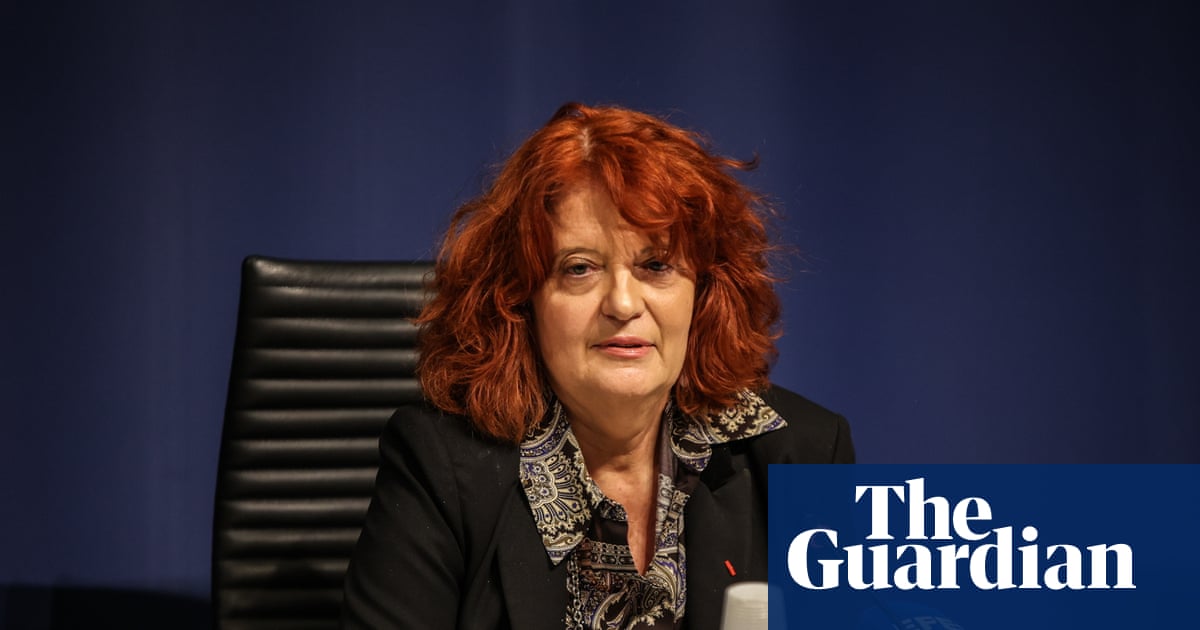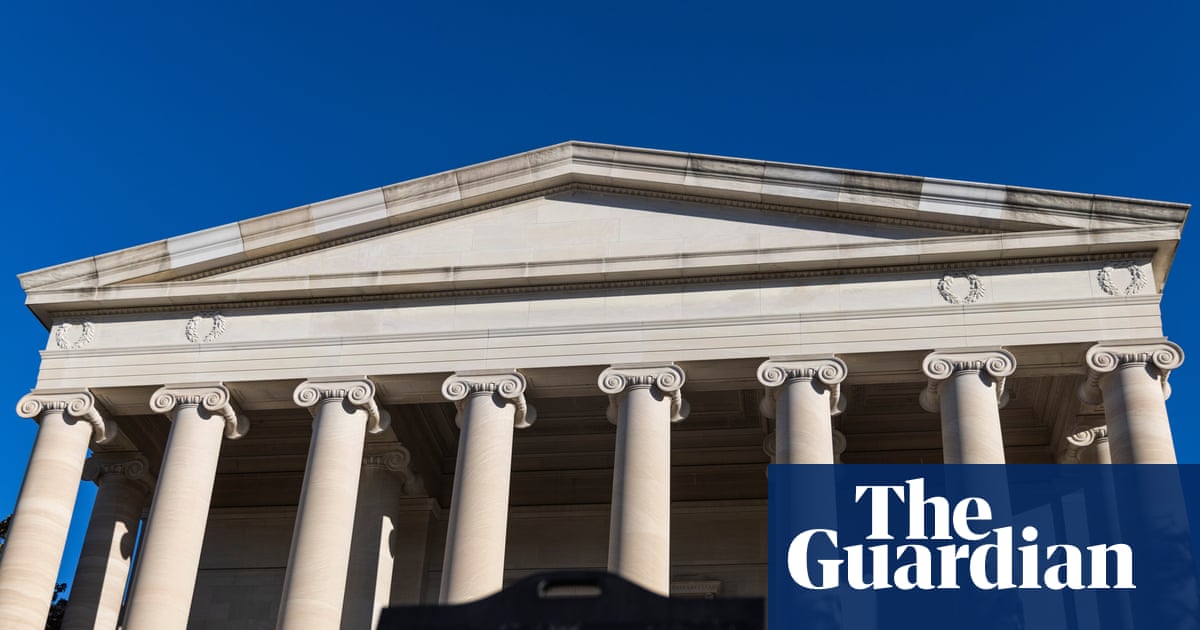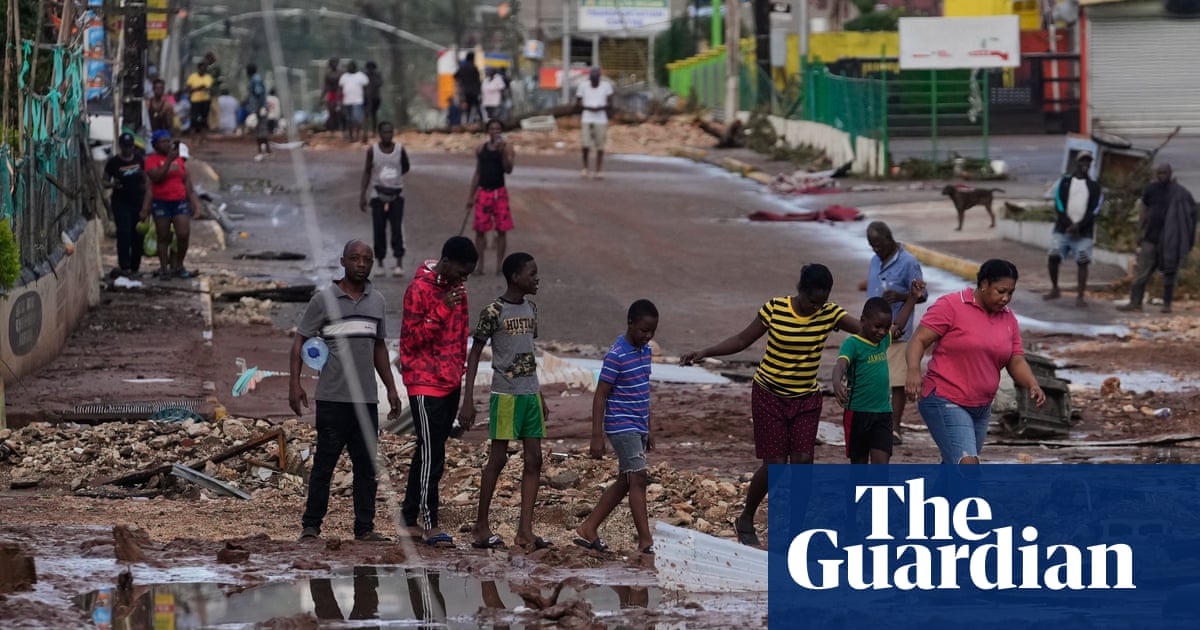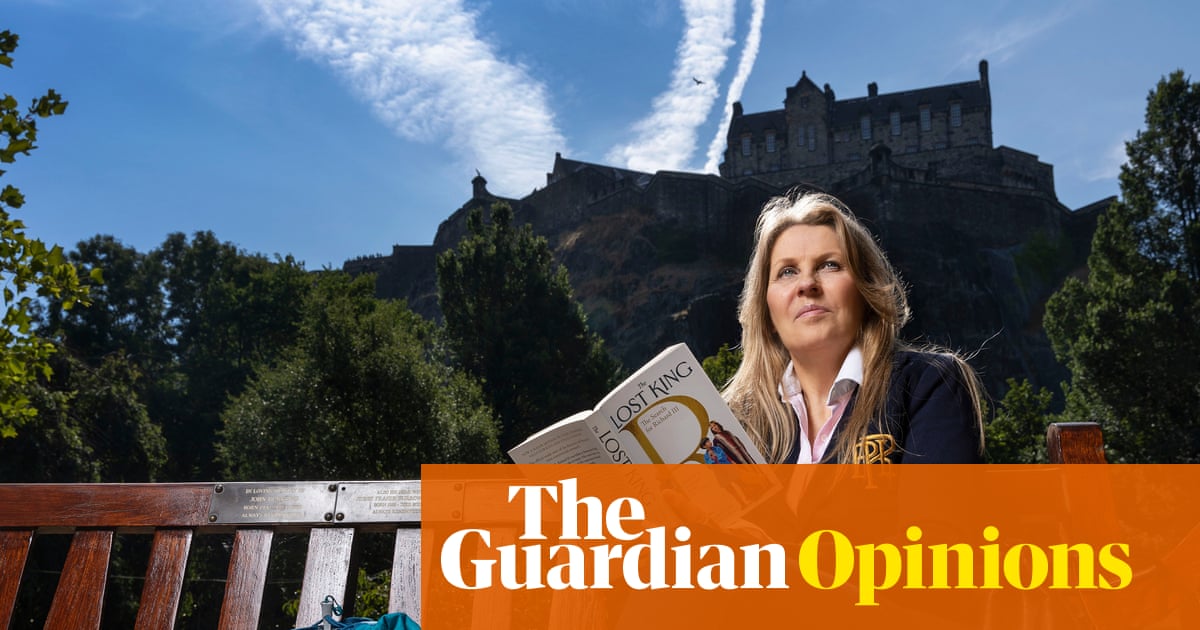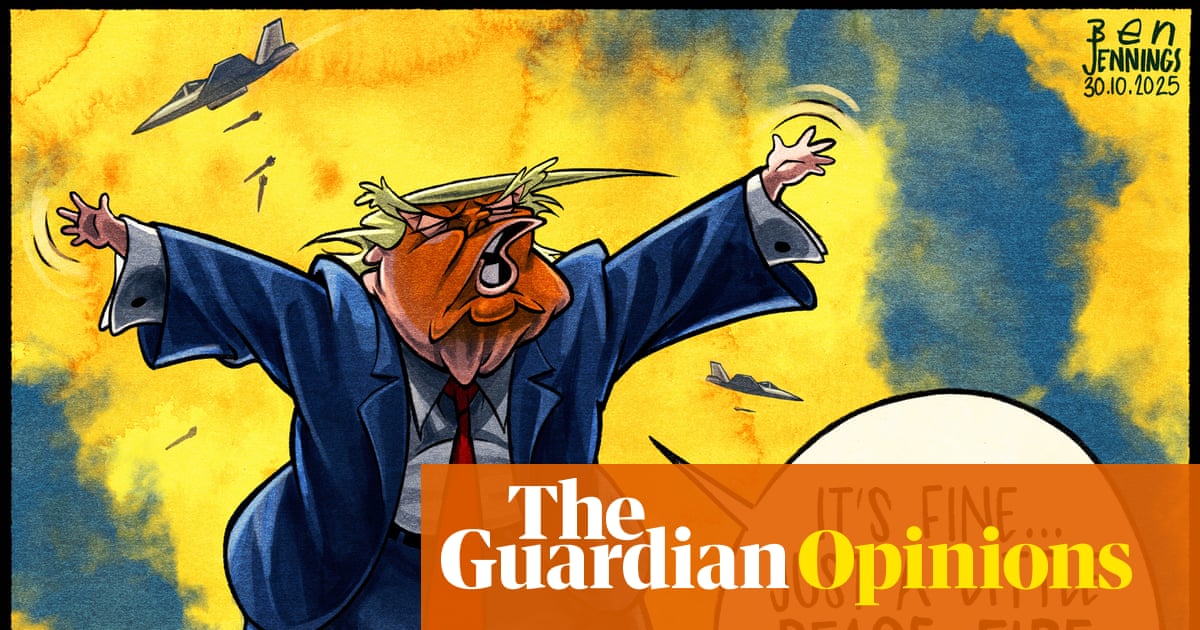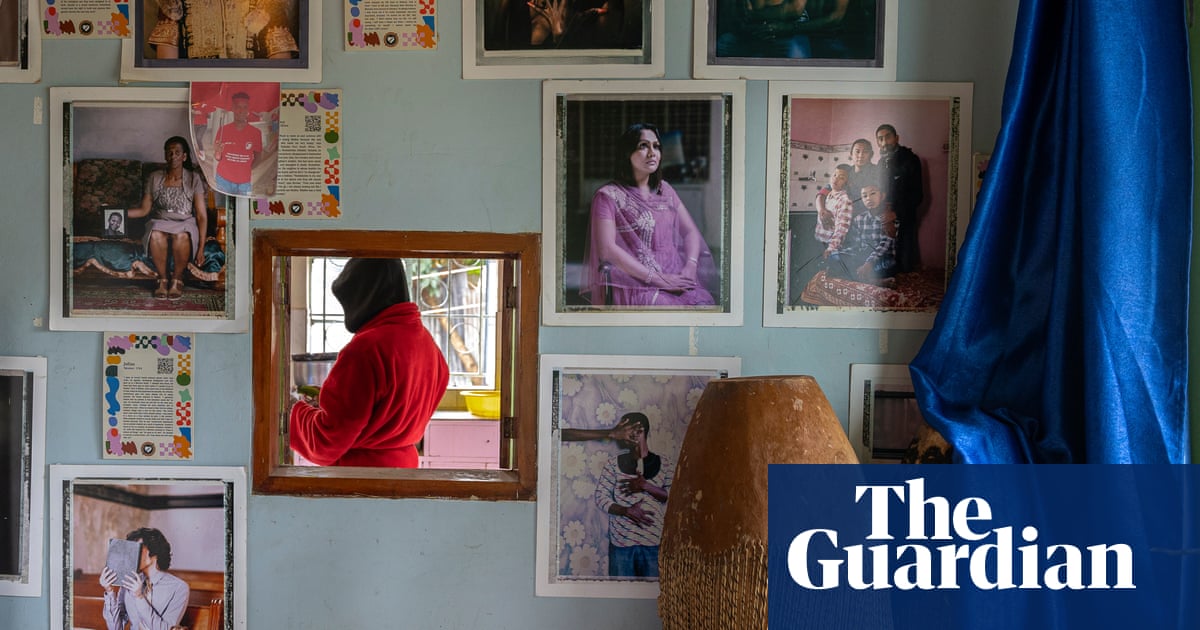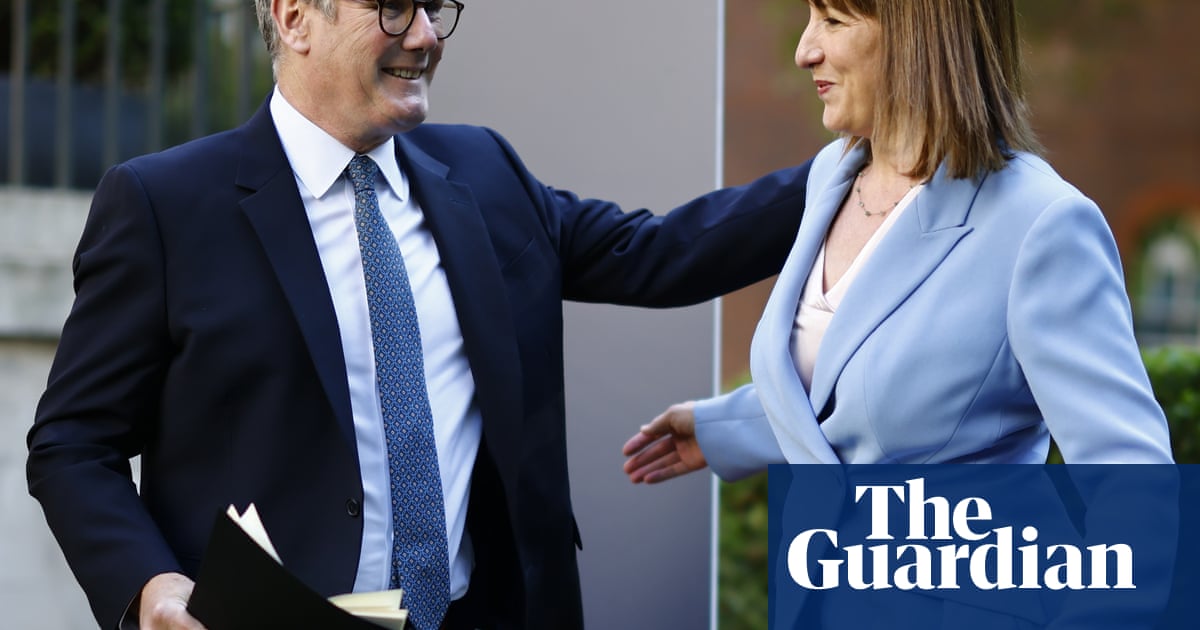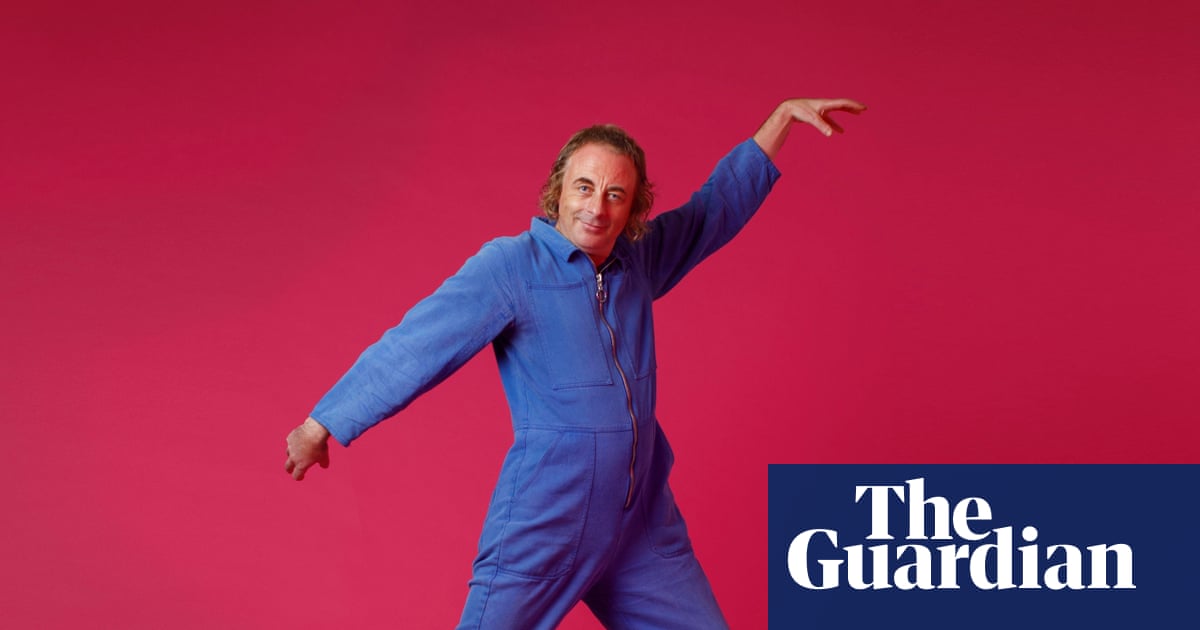At a time when the world is gripped by crisis, and conversations swirl with talk of conflict, political upheaval and nuclear attack, the work of the renowned Japanese photographer Kikuji Kawada feels more relevant than ever.
On display at this year’s Rencontres d’Arles, Kawada’s seminal series The Map – created from his visits to Hiroshima and Nagasaki in the aftermath of the atomic bombings 80 years ago – forms the cornerstone of an exhibition shown in France for the first time by the Kyotographie festival team in collaboration with Sigma. These haunting images stand as a powerful artistic response to the trauma of nuclear devastation, layered with political metaphor and historical weight.
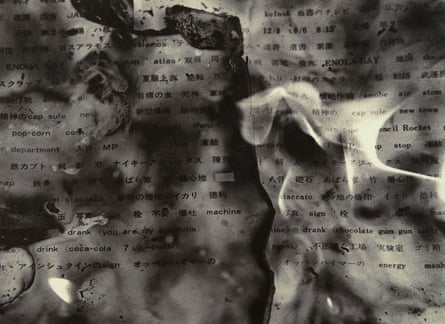
-
Words Burning Up from the series Endless Map by Kikuji Kawada, above
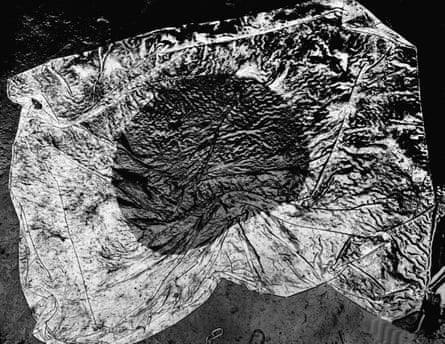
-
The Japanese national flag which Kawada photographed discarded on the ground after a political demonstration
I went inside the Atomic Bomb Dome all alone … what I saw on the site was the trace of violence
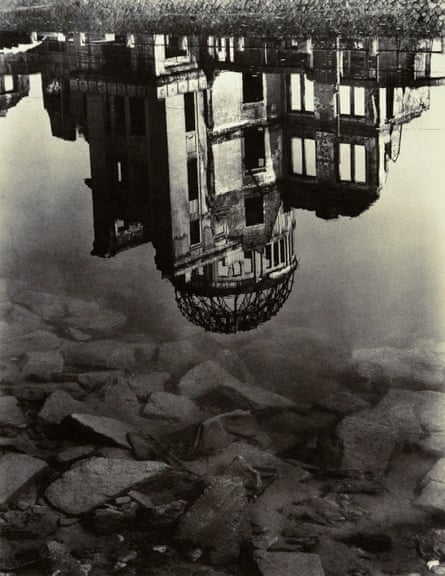
-
The Atomic Bomb Dome reflected in the Ohta River from the series Endless Map made between 1959 and 1965, by Kikuji Kawada
Moving through the decades, Kawada’s work reveals an evolving artistic language – one that embraces new techniques and technologies to reflect a world in constant flux.
In the chapter The Last Cosmology, he focuses time and time again on the events of 9/11, making the sky begin to feel like a theatrical set for fatal disaster.
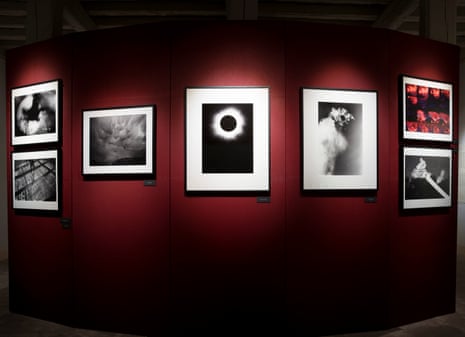
-
The chapter of the exhibition entitled The Last Cosmology
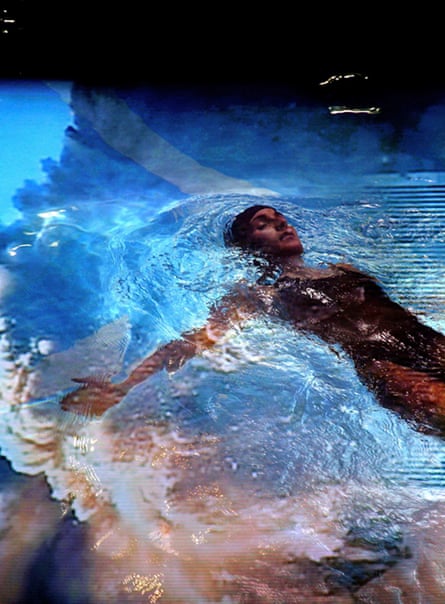
-
One of the images made as a repeated response to the events of 9/11 from the series The Last Cosmology by Kikuji Kawada
Now aged 92, Kawada is still photographing every day and is an enthusiastic and committed Instagrammer.
I can upload a picture to Instagram and now more people will see it than will read a weekly magazine
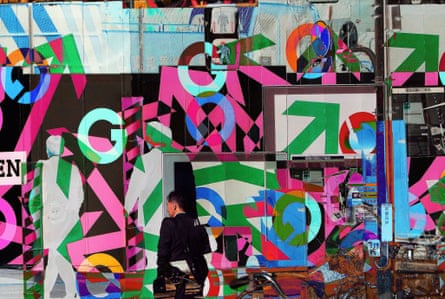
-
From the series Shadow in the Shadow where Kikuji Kawada uses photography and collage to reflect his vivid environment
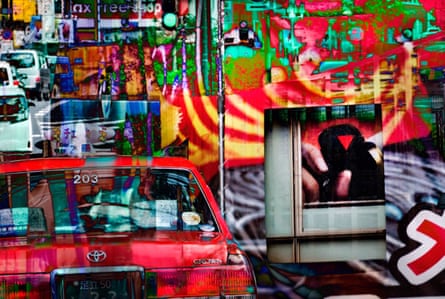
-
From the series Los Caprichos, part of the work exhibited by Kikuji Kawada
Among the festival’s standout exhibitions is a beautifully curated tribute by Simon Baker and Elsa Janssen to the life and work of Yves Saint Laurent. Rich with iconic prints by fashion photography greats such as Irving Penn, Guy Bourdin and Annie Leibovitz, the exhibition dazzles with visual history. Yet the true fascination lies in the intimate, elegant portraiture that traces Saint Laurent himself throughout his life – capturing not just a designer, but a cultural icon.
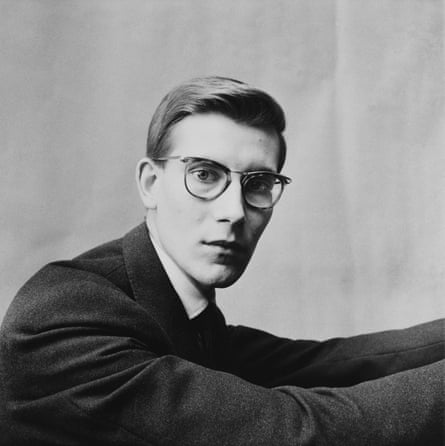
-
Yves Saint Laurent, Paris, 1957, by Irving Penn
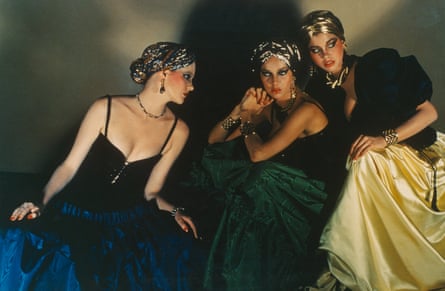
-
Models from the fall-winter 1976 haute couture collection, known as Opéra–Ballets Russes, Sheraton hotel, Vogue (Paris), September 1976, by Guy Bourdin
![A costume worn by Zizi Jeanmaire, designed by Yves Saint Laurent for the show Zizi, je t’aime [Zizi, I love you], Paris, 1972](https://i.guim.co.uk/img/media/309591c908a58c43bed876229a838b4fc7886368/0_0_4938_5045/master/4938.jpg?width=445&dpr=1&s=none&crop=none)
-
A costume worn by Zizi Jeanmaire, designed by Yves Saint Laurent for the show Zizi, je t’aime [Zizi, I love you], Paris, 1972, by Jeanloup Sieff
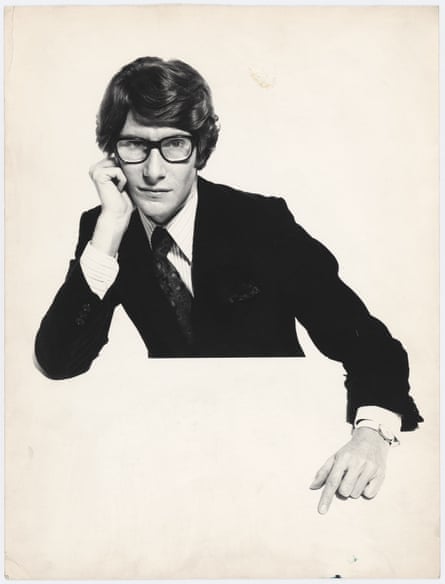
-
Yves Saint Laurent in Paris in 1966, by Harry Meerson
In sharp contrast, the crisp lines of Brazilian modernist architecture – captured by a collective of amateur photographers from the Foto Cine Clube Bandeirante (FCCB)–trace the rise of modern São Paulo from 1939 to 1964 in all its geometric concrete splendour. While celebrating architectural innovation, the images also cast a critical eye on the impact of urbanisation across all sections of society.
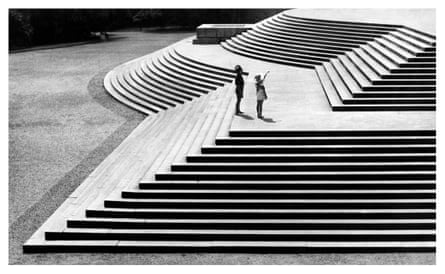
-
Paralelas e Diagonais [Parallels and diagonals], c 1950, by José Yalenti

-
Untitled, 1950, by Ademar Manarini, on display as part of the Construction Reconstruction Deconstruction exhibition
Exploring the past while trying to establish relations in the present is Diana Markosian’s series Father. When Markosian was a little girl growing up in Moscow her mother woke her in the middle of the night, packed a suitcase and fled with her and her brother to follow an American dream. Her father was not forewarned and spent years trying to trace his absent family while her mother, settled in California, removed his image from family photographs, prompting a profound sense of confusion and mystery for the young Diana.
Markosian is a masterful storyteller. In the work on show at the festival she creates a moving and atmospheric description, made through documentary photographs, film and artefacts, of her journey back to a relationship with her father.
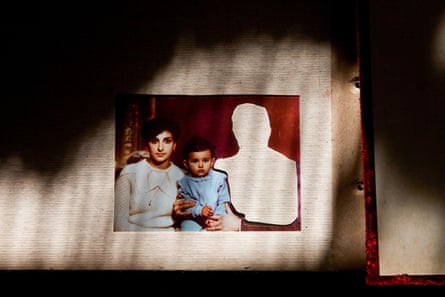
-
The Cut Out, from the Father series, 2014-24, by Diana Markosian

-
Mornings With You, from the Father series, 2014-24
Every festival has its headline act, and this year Rencontres d’Arles welcomes the celebrated artist Nan Goldin. Her photography flows like a stream of consciousness – raw, intimate, unfiltered – capturing both the beauty and chaos of a life lived on the edge, marked by love, loss and addiction.
In Stendhal Syndrome, on show at Arles, Goldin draws from her archive of friends and lovers, juxtaposing personal portraits with classical masterpieces. The result is a poignant act of elevation – granting members of her community dignity, stature and reverence.
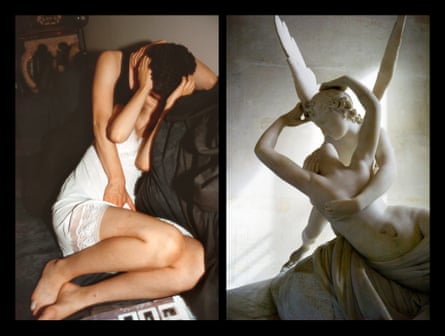
-
Young Love, 2024 from the exhibition Stendhal Syndrome, by Nan Goldin
Goldin is an activist driven by a fierce commitment to amplifying the voices of marginalised people and holding the powerful to account – she famously took on the Sackler family, exposing their role in the opioid crisis across the US. And true to form, during her acceptance of the Rencontres d’Arles 2025 Women in Motion award, she took the opportunity to raise her concern over the devastating violence and humanitarian crisis in Gaza, screening a powerfully edited film. Her purpose is uncompromising, confronting the most disturbing aspects of life head on with a clear and resounding call to action.
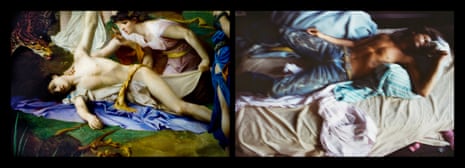
-
Death of Orpheus, 2024, from the exhibition Stendhal Syndrome
• The festival runs until September. Fiona Shields visited at the invitation of Kyotographie and Sigma

 3 months ago
40
3 months ago
40

